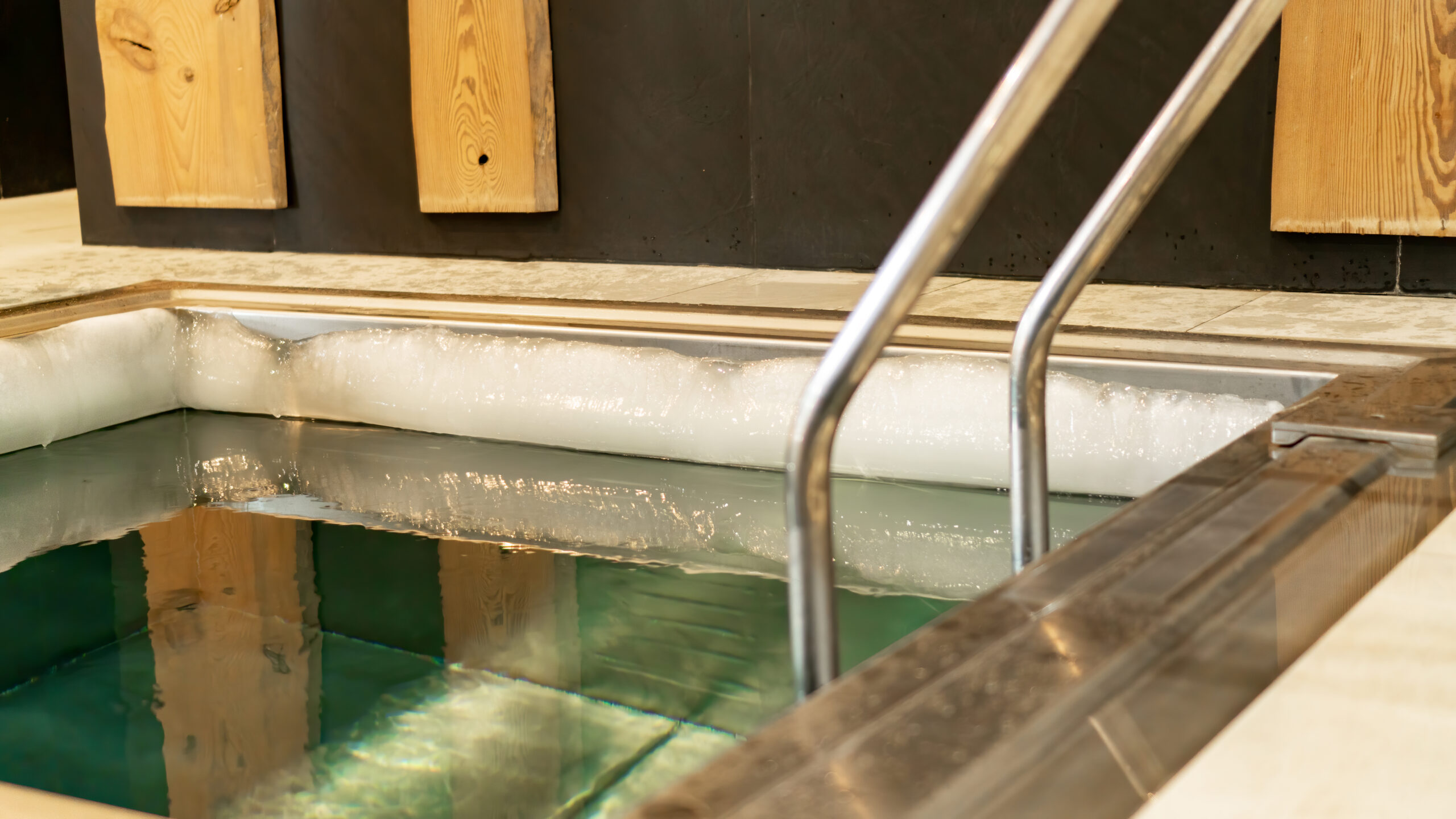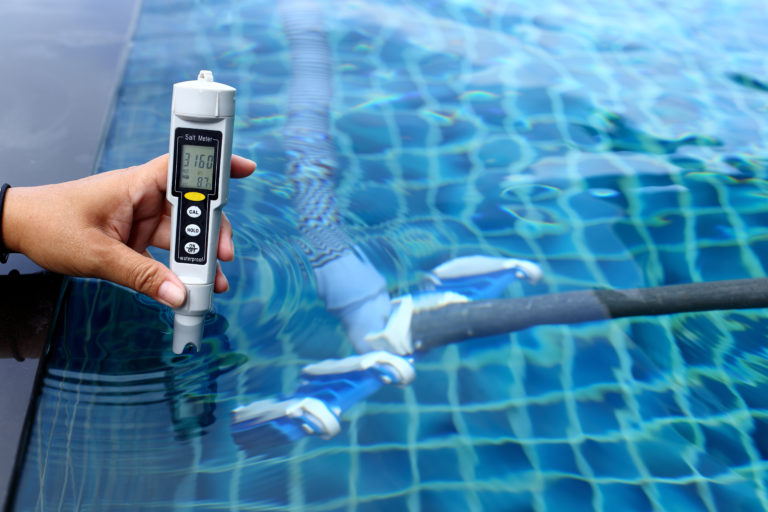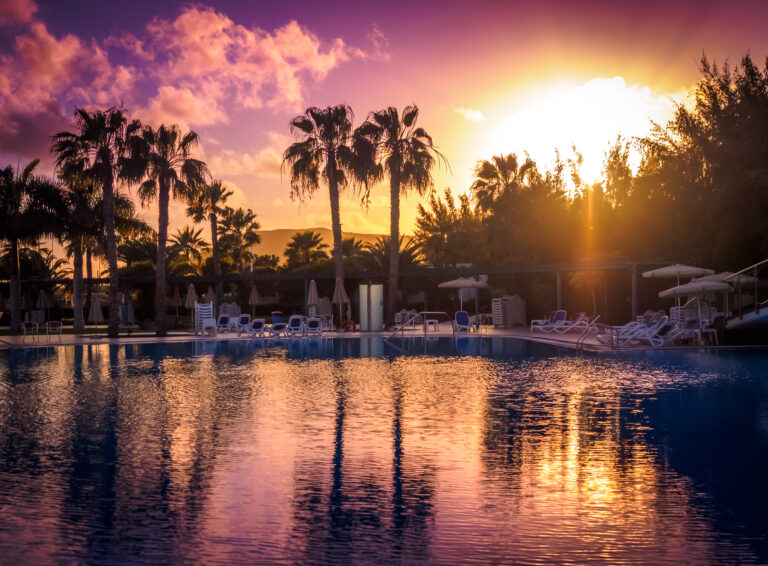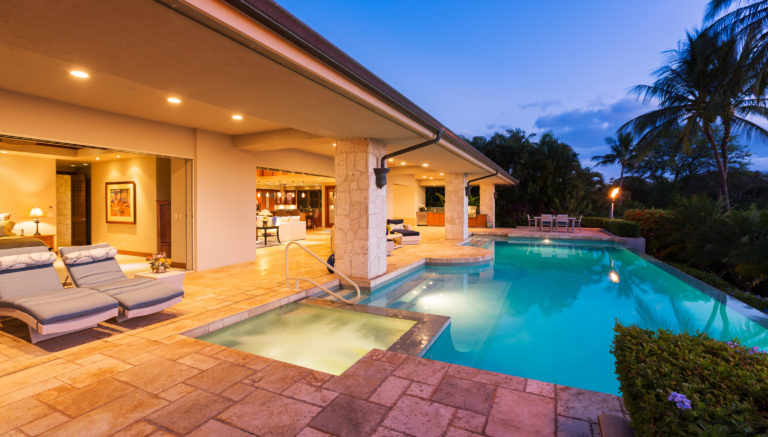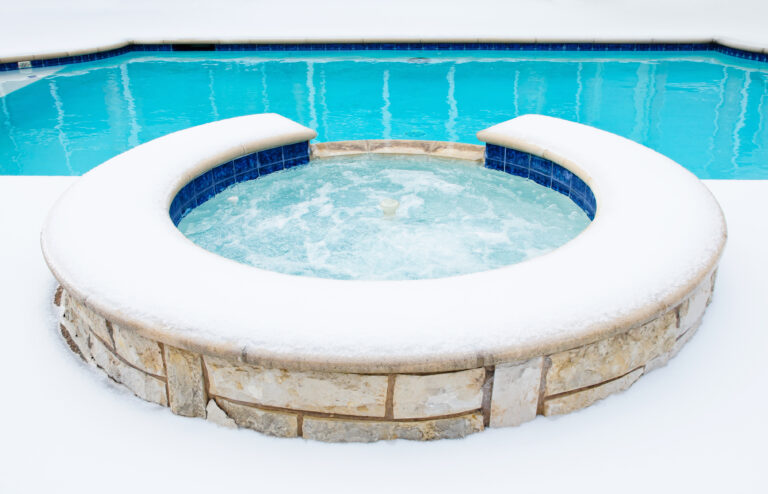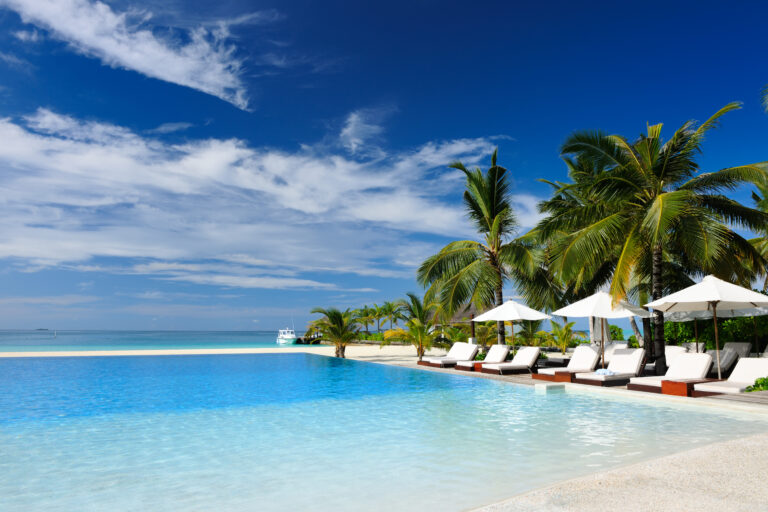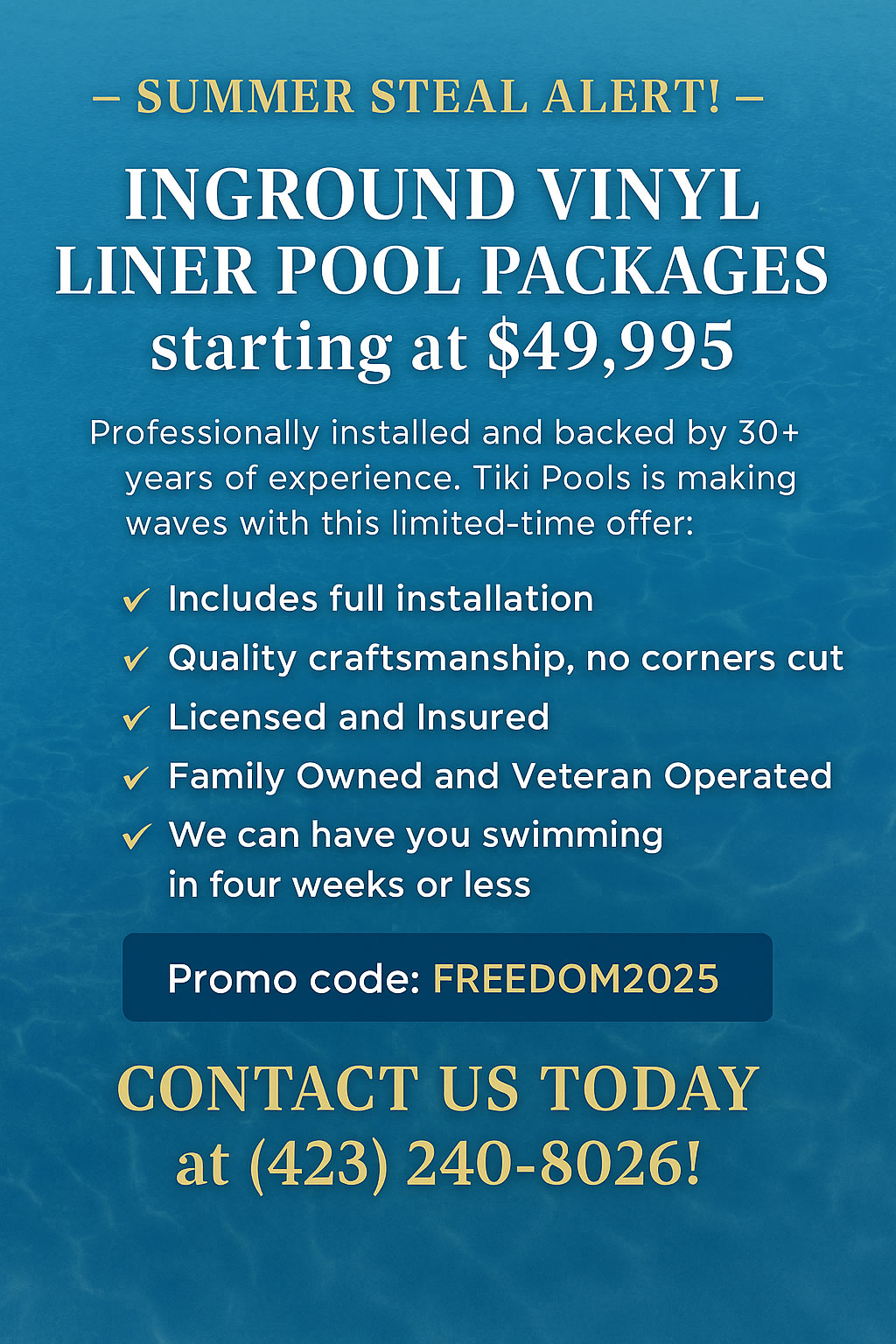Is a Plunge Pool Right for You Design and Benefits
Thinking about adding a plunge pool to your backyard? You’re not alone! They’re stylish, space-efficient, and perfect for cooling off on hot summer days.
But is it the right choice for you? We’ll explore design options, space requirements, installation process, benefits, potential drawbacks and maintenance aspects.
Let’s dive in and find out if a plunge pool will be your next home improvement project!
Understanding the Concept of a Plunge Pool
You’re probably wondering what a plunge pool is, aren’t you? Well, let’s dive right in.
Plunge pools originated from ancient times when Romans used them as part of their bathing rituals. They’d go from a hot bath to a cold one – the ‘plunge’ pool – to stimulate blood circulation and invigorate their bodies.
Fast forward to today, plunge pools have become increasingly popular residential features – but don’t let their size fool you. Despite being smaller than traditional swimming pools, they pack quite the punch in terms of luxury and relaxation.
Now onto something equally important: plunge pool pricing. You might be thinking these compact luxuries cost an arm and a leg. But here’s the good news: because of their size, they’re usually more affordable to install and maintain compared to full-sized pools. Pricing greatly varies depending on materials, design complexity, and installation costs but considering its long-term benefits like improved wellness and home value appreciation – it’s worth every cent!
So now that you’ve got the scoop on plunge pool origin and pricing, are you ready to take the plunge?
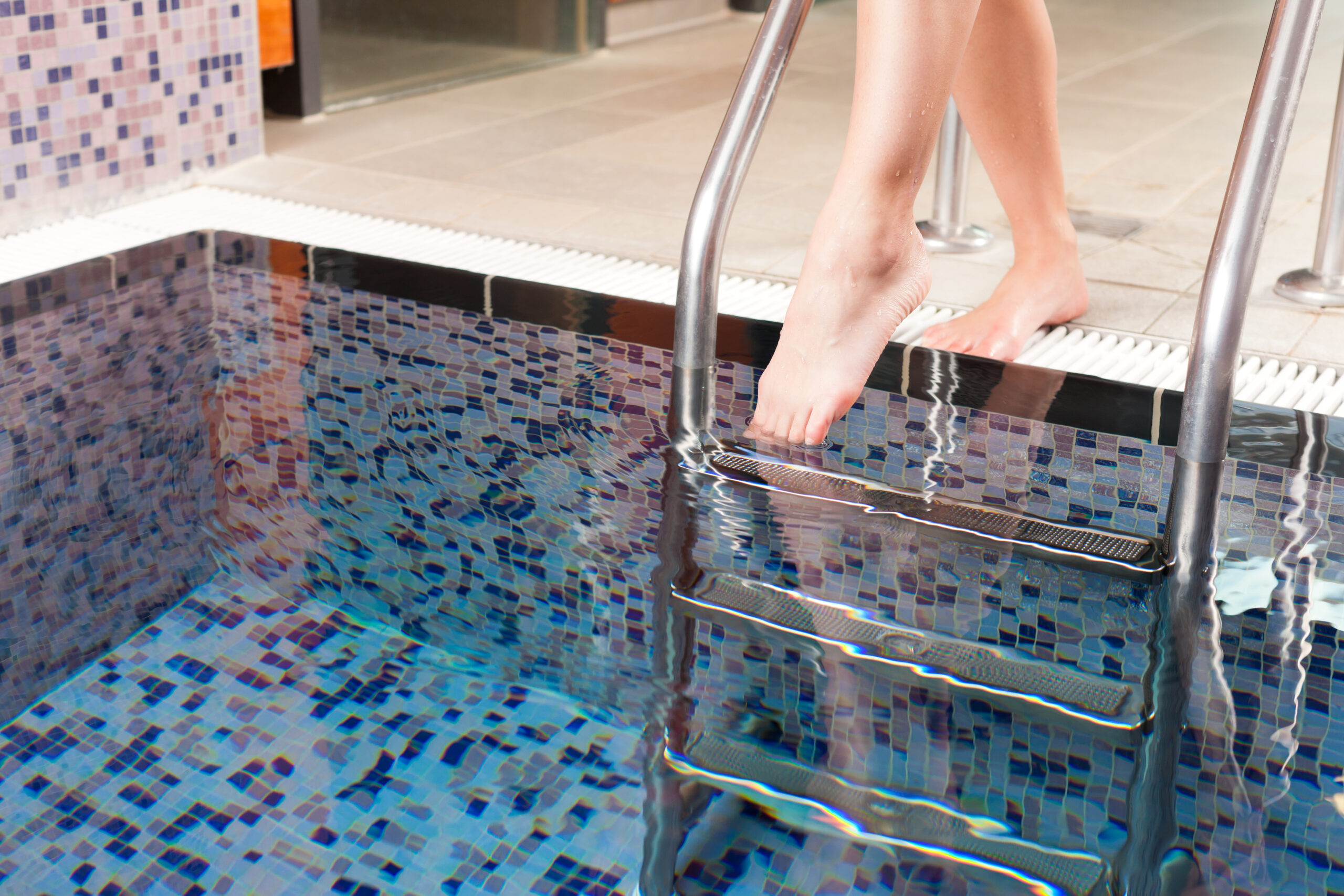
Various Design Options for Plunge Pools
You’re probably wondering about the design options available for plunge pools.
Let’s delve into how customizable shapes and sizes allow you to tailor your pool specifically to your backyard space and personal preferences.
We’ll also take an in-depth look at the different materials you can choose from, as well as how aesthetic choices can amplify the beauty of your surroundings and complement your home’s style.
Customizable Shapes and Sizes”
It’s brilliant how plunge pools offer great flexibility in terms of customizable shapes and sizes to fit your backyard space perfectly. You’re not limited by a one-size-fits-all approach. The plunge pool pricing depends on the size you choose, but remember, it’s an investment into your home and well-being.
Now, consider poolside decorations. They can transform a simple plunge pool into your private oasis. Think about strategically placed potted plants or perhaps some stylish outdoor furniture. Lighting is also key for setting the mood during those warm summer nights.
Material and Aesthetic Choices
There’s a wide variety of material and aesthetic choices to consider when selecting the perfect fit for your backyard oasis. Color schemes play a vital role in setting the mood. You can be bold with contrasting hues or keep it subtle with monochromatic tones.
| Material Choices | Aesthetic impact |
| ———————- | ———— |
| Natural Stone | Earthy, Rustic |
| Fiberglass | Modern, Sleek |
| Eco-friendly materials | Green, Sustainable |
Choosing eco-friendly materials not only benefits the environment but also adds an element of responsible luxury to your plunge pool. These materials are durable and require less maintenance which makes them cost-effective too. So, dive into these options and find what suits your taste best while creating an enjoyable atmosphere for your backyard retreat.
Evaluating the Space Requirements for a Plunge Pool
Assessing your backyard’s size is essential before deciding on a plunge pool. You’ll need adequate space for installation and comfort. Pool placement isn’t only about the available space; it also involves considering privacy, sunlight exposure, and proximity to your house.
Budget planning should also factor in not just the initial cost of purchasing and installing the pool but maintenance costs too.
In evaluating your space requirements, consider these points:
– Pool Placement: Think about where you’d like to position your pool. It shouldn’t obstruct any major features of your garden nor be too close to trees that might shed leaves into the water.
– Budget Planning: Crunch some numbers. Make sure you can afford not just the purchase and installation, but ongoing upkeep. Remember, a well-maintained pool could add value to your home.
– Size of Your Backyard: Measure out how much space you have. A plunge pool doesn’t need a lot of room but remember to leave enough area for comfortable lounging or entertaining.
The Process of Installing a Plunge Pool
Once you’ve figured out the space requirements, installation of your new aquatic retreat can commence. However, before getting started, you should consider plunge pool affordability and an appropriate installation timeline.
Here’s a simplified breakdown of the process:
| Stage | Description | Duration |
| Planning & Designing | This involves choosing the right design that suits your budget and space. You’ll also need to get necessary permits. | 1-3 Weeks |
| Excavation & Installation | The actual dig-out phase where your plunge pool begins to take shape. After excavation is complete, the pool shell is installed. | 1-2 Weeks |
| Finishing Touches | This includes installing features like waterfalls or jets, filling up the pool with water and balancing chemicals. | 1 Week |
Remember, these stages are estimates; complexities might extend timelines. It’s always best to communicate openly with your contractor about any concerns regarding delays or cost overruns.
In terms of affordability, it’s important that you’re clear on what’s included in initial quotes – sometimes extras can add up! Don’t forget ongoing maintenance costs too.
So there it is! With careful planning and realistic expectations for both time and money involved, you’ll be cooling off in your own backyard oasis before you know it.
Key Benefits of Having a Plunge Pool
You’re probably curious about the key benefits of owning a plunge pool.
Let’s dive into an enlightening discussion on how having a plunge pool can boost your health, save space in your yard, and simplify your maintenance routine.
You’ll be surprised at how this compact water feature can make significant positive changes to your lifestyle.
Health Advantages
Plunge pools aren’t just beautiful, they’re also packed with health benefits. Imagine immersing yourself in the therapeutic waters after a long day. That’s not just relaxation; it’s an effective method to relieve stress and anxiety. It’s like having your personal spa at home where you can enjoy hydrotherapy anytime.
Beyond relaxation, these mini swimming pools offer great cardiovascular conditioning too. You don’t need an oversized pool to get a decent workout. The compact size of plunge pools can actually be beneficial for exercises like water jogging or resistance training. So every time you take a dip, you’re not only cooling off but also working on keeping your heart healthy and body fit.
In essence, owning a plunge pool is like investing in wellness – both physical and mental!
Space and Maintenance
It’s not just about health advantages, there’s also the convenience of space and maintenance to consider. A plunge pool takes up less yard area than traditional pools, thus allowing you to maximize your outdoor living space.
In terms of maintenance, it’s easier on your pocketbook with lower cost implications due to its smaller size.
The energy efficiency is another significant factor. Smaller volume means less water to heat and filter, reducing energy costs in the long run. Not only do you save money, but you’re also doing something good for the environment by conserving resources.
Potential Drawbacks to Consider
Before making a decision, you’ll want to consider some potential drawbacks of owning a plunge pool. Despite their smaller size and their potential for relaxation and exercise, there are certain factors that might give you pause.
Firstly, safety measures are paramount when it comes to any pool. A plunge pool may be smaller but it doesn’t mean they’re risk-free. Especially if you have children or pets at home, ensuring they can’t accidentally fall in should always be your top priority.
Secondly, the cost implications shouldn’t be overlooked. From installation to ongoing maintenance costs like cleaning and heating, owning a plunge pool is not cheap.
Lastly, even though it’s small-sized compared to traditional pools, a plunge pool still requires adequate space both in terms of width and depth.
In summary:
– Prioritize safety measures and ensure that the area around the pool is secure.
– Be aware of all cost implications including installation and maintenance fees.
– Ensure sufficient space both horizontally and vertically for your plunge pool.
Remember: as with any significant addition to your property, thorough research before making a decision will save you headache down the line.
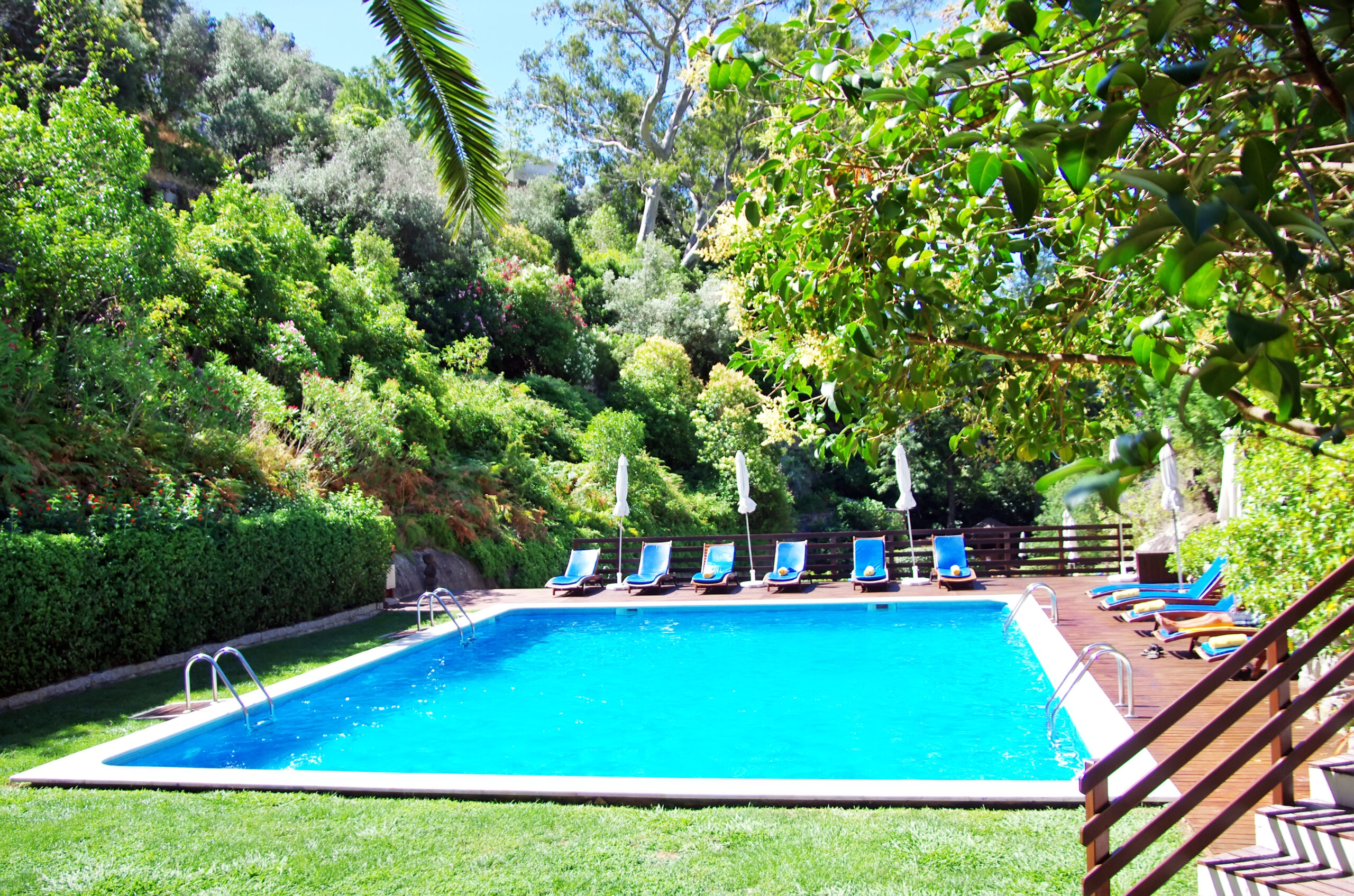
Maintenance Aspects of a Plunge Pool
While it’s essential to weigh up any potential downsides, don’t let them overshadow the numerous benefits of owning a plunge pool. Now, let’s dive into another crucial aspect – the maintenance involved.
When you own a plunge pool, two factors are paramount for its upkeep: Pool Safety and Water Filtration. Firstly, let’s talk about safety. It’s not only about making sure no one slips around the edges; you also need to ensure your pool is free from harmful bacteria or algae that can put swimmers at risk. Regular cleaning and checking for cracks or other potential hazards must be part of your routine.
Now onto water filtration – an absolute must-have for keeping your water crystal clear and safe to swim in. Your plunge pool will need a reliable filtration system that removes debris and contaminants efficiently. Whether it’s sand filters or cartridge ones, they’ll become your best friend in maintaining high-quality water standards.
Real-Life Examples of Plunge Pool Designs and Benefits
Have you ever thought about the different styles and advantages that come with owning a mini oasis? Well, plunge pools are it! They’re versatile, stylish, and cost-effective. The plunge pool costs are relatively lower than traditional pools due to their compact size. You can always play around with designs to match your aesthetic preferences while staying within budget.
Now, let’s talk about some examples. Picture this – a small rectangular plunge pool nestled in your backyard surrounded by lush greenery. It’s an ideal place for you to unwind after a long day at work or for hosting intimate gatherings on hot summer days.
But what if space is limited? Consider plunge pool alternatives like swim spas. They offer the dual benefit of being both a therapeutic hot tub and a spot for exercise with less square footage required.
Finally, imagine having an infinity-edge plunge pool right on your apartment balcony. Sounds luxurious, doesn’t it? This type of design provides a stunning visual effect and elevates your living experience.
The bottom line is – whether it’s for relaxation or adding value to your property, there’s likely a design out there that’ll perfectly suit your needs and budget.
Frequently Asked Questions
What Is the Average Cost of Installing a Plunge Pool?
You’re likely to spend between $20,000 to $25,000 on average for installing a plunge pool. Don’t forget to factor in maintenance costs and explore financing options to manage your budget better.
Are There Any Specific Safety Measures to Take Into Account When Having a Plunge Pool?
Absolutely, you’ll need to consider safety measures. Implement childproofing measures like fences or alarms. Regular pool maintenance is crucial too, keeping the water clean and reducing hazards like slippery surfaces or harmful bacteria.
Can Plunge Pools Be Heated and How Energy Efficient Are They?
Yes, you can heat plunge pools. However, their energy efficiency depends on pool size and maintenance. Smaller pools are typically more efficient. Regular maintenance also plays a key role in conserving energy and reducing costs.
Can Plunge Pools Be Installed Indoors, and What Are the Specific Requirements for This?
Yes, you can install plunge pools indoors. Key considerations include ensuring adequate space and proper indoor ventilation to control humidity. You’ll need professional advice to meet all building codes and requirements.
What Type of Insurance Is Needed for a Home With a Plunge Pool?
You’ll need homeowner’s insurance that covers pools. Your premiums might increase due to the potential risks a plunge pool can present. Regular pool maintenance can also influence your coverage needs and insurance costs.

